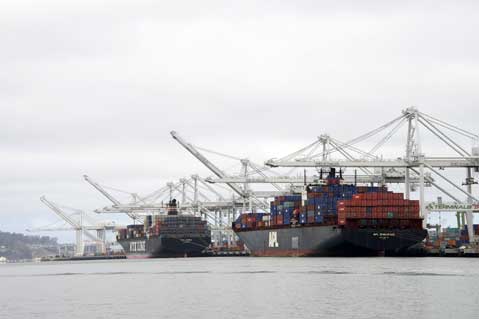News June 16, 2016
Report: Import Costs Increase More Than Expected
The U.S. Labor Department reports that prices of imported goods rose in May by 1.4%, their biggest increase in more than four years. Economists had predicted an increase of 0.7% in May after April’s upwardly revised 0.7% gain.

May became the third consecutive month of growth in import prices, marking the longest streak of increases since 2014.
Import prices increased in large part as a result of rising petroleum costs, which surged 17.4% in May, the largest gain since 1999 after rising 11% in April. Import prices excluding petroleum rose .4%, the first monthly increase since March 2014.
Although a rise in the dollar and a plunge in oil prices between June 2014 and December 2015 had weakened price pressures on imports, the pendulum has shifted this year as the dollar decreased 1.5% against the currencies of the U. S.’ main trading partners and oil prices grew to near $50 per barrel.
“We are definitely seeing an uptick in the size of orders lately,” said Rich Carollo, vice president of marketing at Lion Circle (asi/67620), which produces U.S.-made hard goods. “There is a little time lag, but when the dollar gets weaker, the ‘Made in USA’ products start closing the gap in the higher quantities.”
The U.S. imports roughly $2.7 trillion annually in goods and services.
The U.S. Labor Department also reported that export prices jumped 1.1% in May, the biggest gain since March 2011 after rising 0.5% in April. Export prices fell 4.5% from a year ago, the smallest drop since December 2014.
Federal Reserve officials refrained from raising interest rates at the end of April because of fears stemming from inflation reaching the central bank’s 2% target. As measured by the Federal Reserve’s gauge, inflation has undershot 2% for four years.
